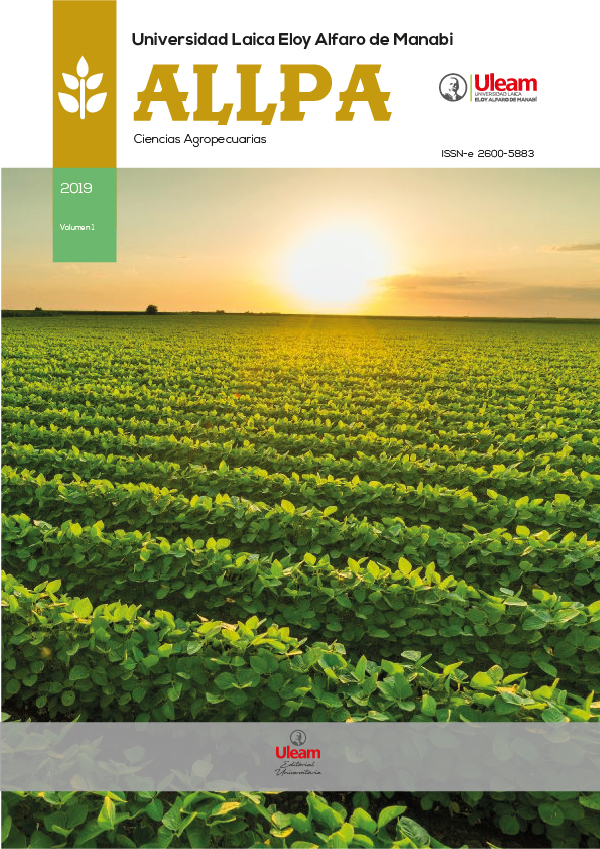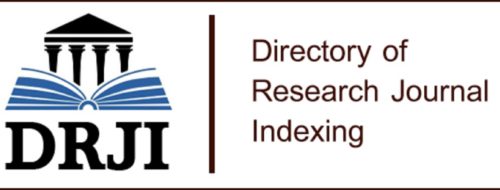Sensory perception and acceptability of catzo Platycoelia lutescens in processed food products: An approach towards sustainable culinary innovation
DOI:
https://doi.org/10.56124/allpa.v7i13.0066Keywords:
Insect analysis, Sensory analysis, Sustainable gastronomy, Sustainable proteinAbstract
This research proposes the use of the catzo or white beetle (Platycoelia lutescens) as a sustainable alternative to animal protein, due to its high nutritional value and low environmental impact. The study evaluated the organoleptic acceptance of breads with catzo flour in different proportions. Information was collected in Quito and Cuenca through surveys of 151 people, using hedonic scales and multiple choice questions. The results indicate that bread with 3% catzo flour had the best acceptance after white bread. Furthermore, no significant differences were found in the taste profile between both cities. It is concluded that the consumption of catzo could be a viable and sustainable alternative to traditional meat production, contributing to improving food security and combating problems such as overweight and malnutrition.
Keywords: Insect analysis, Sensory analysis, Sustainable gastronomy, Sustainable protein.
Downloads
References
Arango Gutiérrez, G. P. (2005). Los insectos: Una materia prima alimenticia promisoria contra la hambruna. https://www.redalyc.org/pdf/695/69520106.pdf
Arp, C. G., Lenz, D., Brusa, V., Oteiza, J. M., Ambrosi, V., Caporaletti, D., Fernández Arhex, V., Gallardo, G., Lillo, M. I., Luna, A., Pazos, A., Pesquero, N., & Polenta, G. (2021). Producción de insectos para consumo humano. https://sedici.unlp.edu.ar/bitstream/handle/10915/139358/Documento_completo.pdf- PDFA.pdf?sequence=1&isAllowed=y
Avendaño, C., Sánchez, M., & Valenzuela, C. (2020). Insectos: Son realmente una alternativa para la alimentación de animales y humanos. Revista chilena de nutrición, 47(6), 1029-1037. https://doi.org/10.4067/S0717-75182020000601029
Carvajal, W. ¿El Cambio Climático está afectando a los escarabajos? 2015. Disponible en: https://insectosalacarta.com/insectos-comestibles/escarabajo-blanco-platycoelialutescens/ Acceso en: 10 oct. 2020. CARVAJAL, W. Tiempo de escarabajos. 2016. Disponible en: https://biologia.epn.edu.ec/index.php/27-tiempo-escarab Acceso en: 04 sept. 2020.
FAO, FIDA, OMS, PMA, UNICEF. (2019). La tendencia reciente del hambre y la seguridad alimentaria. El estado de la seguridad alimentaria y la nutrición en el mundo. Roma.
Hervert Hernández, D. (2022). The role of cereals in nutrition and health for a sustainable diet. Nutrición Hospitalaria. https://doi.org/10.20960/nh.04312
Kouřimská, L., & Adámková, A. (2016). Nutritional and sensory quality of edible insects. NFS Journal, 4, 22-26. https://doi.org/10.1016/j.nfs.2016.07.001
Lamilla Polanco, G. J. (2020). DETERMINACIÓN DE LA CALIDAD NUTRITIVA DEL CATZO BLANCO (Platycoelia lutescens) COMO PRODUCTO INDUSTRIALIZADO (SNACK) A MODO DE ALTERNATIVA COMESTIBLE [UNIVERSIDAD AGRARIA DEL ECUADOR FACULTAD DE CIENCIAS AGRARIAS]. http://181.198.35.98/Archivos/LAMILLA%20POLANCO%20GERARDO%20JAZMANI.pdf
Lourido Saavedra, L. (2021). Estudio del metabolismo de los ácidos grasos poliinsaturados en Gryllus assimilis. https://riull.ull.es/xmlui/bitstream/handle/915/24267/Estudio%20del%20metabolismo%20de%20los%20acidos%20grasos%20poliinsaturados%20en%20Gryllus%20assimilis.pdf?sequen ce=1&isAllowed=y
Martínez Covaleda, H. J. M. (2002). TENDENCIAS DE LA PRODUCCIÓN Y CONSUMO DE CARNES EN EL MUNDO Y EN COLOMBIA (1961-2001). https://repository.agrosavia.co/bitstream/handle/20.500.12324/18878/43927_55688.pdf?sequ ence=1&isAllowed=y
Onore, G. Edible Insects in Ecuador. Ecological Imp1ications of Mini1ivestock. Departamento de biología, Pontifica Universidad Católica del Ecuador. p. 343-3452, 2005. ONORE, G. A brief note on edible insects in Ecuador. Ecology of Food Nutrition. v. 36, n. 2–4, p. 277–285, 1997.
Ortega, G. El catzo andino, la tradición de comer escarabajos en la navidad ecuatoriana. 2019. Disponible en: https://www.france24.com/es/20191212-ecuador-catzo-andinoescarabajo-indigenas-comidas-raras Acceso en: 17 nov. 2020.
Passaniti, M. V. (2011). Estudio del sector de ganado y carne vacunos argentino y políticas públicas (2000-2010). https://repositorio.uca.edu.ar/bitstream/123456789/330/1/doc.pdf
Rumpold, B. A., & Schlüter, O. K. (2013). Nutritional composition and safety aspects of edible insects. Molecular Nutrition & Food Research, 57(5), 802-823. https://doi.org/10.1002/mnfr.201200735
Tamburino, L., Bravo, G., Clough, Y., & Nicholas, K. A. (2020). From population to production: 50 years of scientific literature on how to feed the world. Global Food Security, 24, 100346. https://doi.org/10.1016/j.gfs.2019.100346
Published
How to Cite
Issue
Section
License
Copyright (c) 2024 Revista de Ciencias Agropecuarias ALLPA. ISSN: 2600-5883.

This work is licensed under a Creative Commons Attribution-NonCommercial-ShareAlike 4.0 International License.


.jpg)










